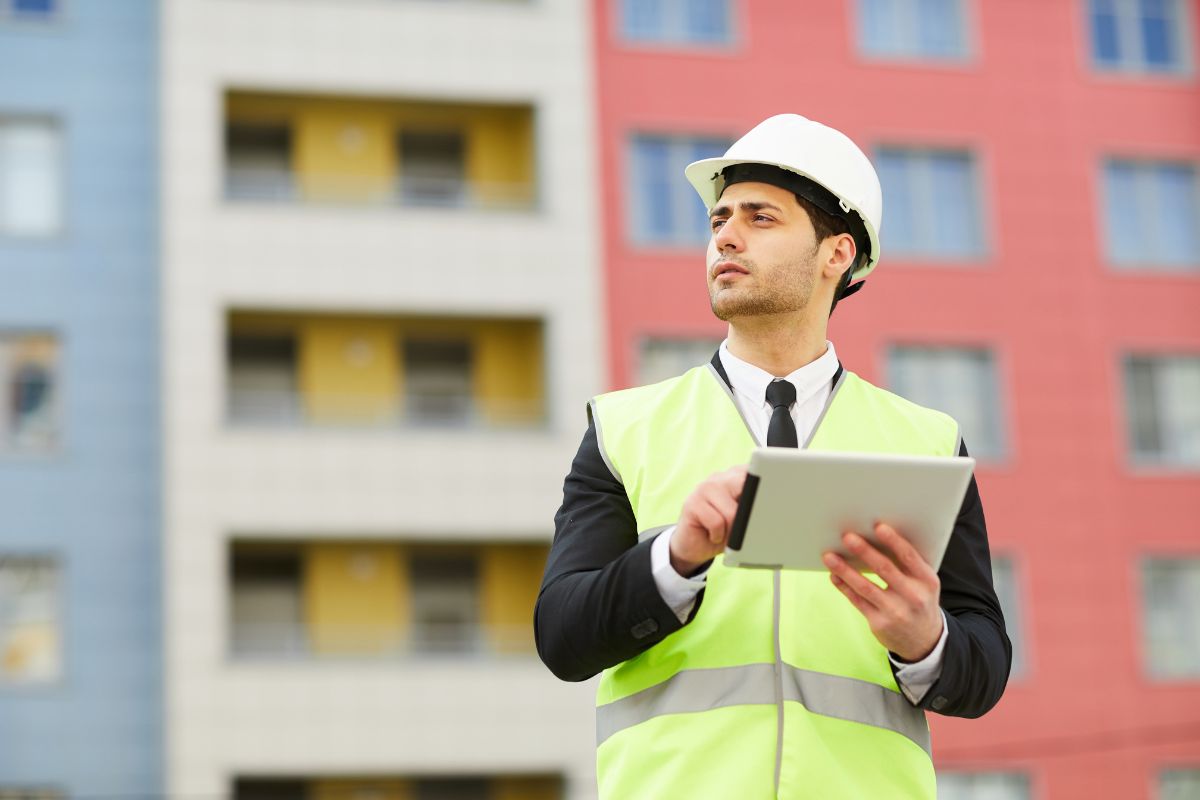Dreaming of renovating your property?
Before you start choosing what pavers to use for your landscapes or what colour to paint your façade, you need to first make sure to get the less glamourous side of renovations sorted: council permits.
Although permits and paperwork are the last thing anyone wants to do in any project, it is essential to make sure that your renovations have all the right approvals before you start ripping up your floors or building scaffolds as it proves that your renovation plans comply with local regulations, building codes and safety standards, and preventing legal issues.
Before you get lost wandering the aisles of your local Bunnings for inspiration, consult with your local council to understand if and what permits you actually need.
What Sort Of Work Needs A Council Permit?
The rules and regulations vary across the different Councils throughout Australia. As a general guideline, unless you need to structurally change your property, internal renovations such as painting walls or changing cabinetry won’t need council consent.
In NSW, the general rule of thumb is, you will need a council permit if your construction or renovation project is valued at $5,000 or above.
If your plans involve structural modifications, major extensions, any undertaking involving extensive excavations or fills, or building external buildings, you will need council consent before starting your project. For example, garages and carports, fences, decks and verandas, retaining walls, and balconies will all require council permits to go ahead.
Specific conditions may apply to particular buildings or zones. Heritage-listed properties, for example, require approval for nearly any change, including painting. Projects in environmentally sensitive or bushfire-prone areas also have additional requirements.

The Different Types Of Council Permits
With that being said, what are the different types of permits you need before you start work?
A planning permit ensures that your land can be used or developed for a particular purpose, such as building a verandah behind your property. An approved planning permit doesn’t mean that you are now authorised to start your construction project; it is a separate application to the building permit (but can be submitted at the same time!).
A building permit is your licence to build your project. It ensures the safety, health, and structural stability of your building, and shows that your approved plans and specifications complies with building regulations. These are displayed outside all renovation projects, from residential homes and big construction sites.
The Application Process

Some Handy Hints For A Smooth Application Process
Council permits is a time-consuming but essential part of any construction or renovation project. Use Star PM’s Know-How to help you navigate this process for a smooth, efficient, and fast renovation.













